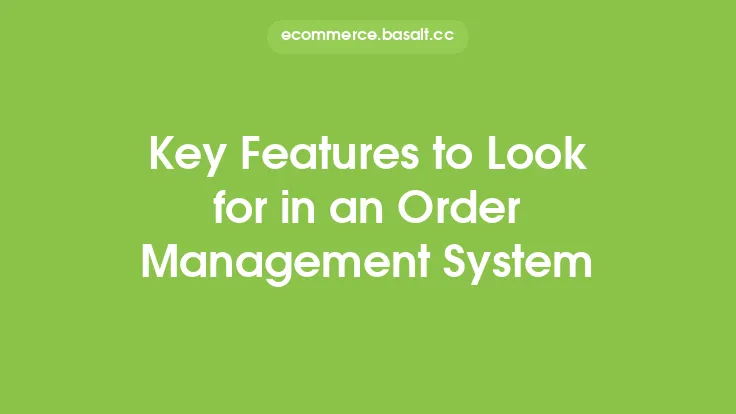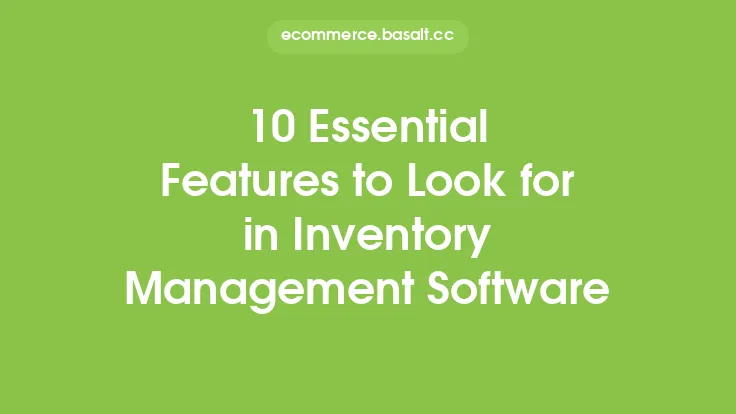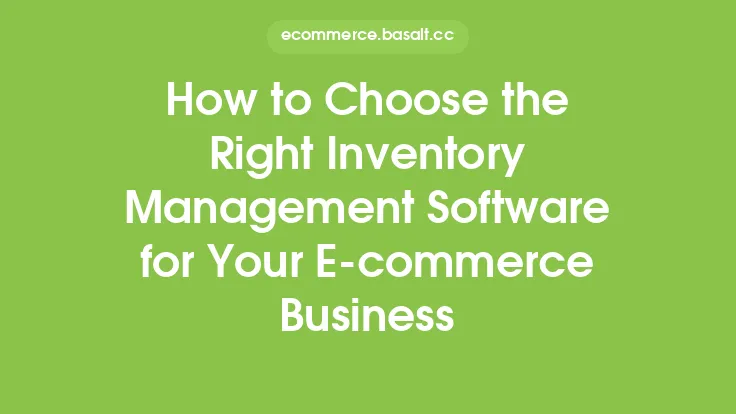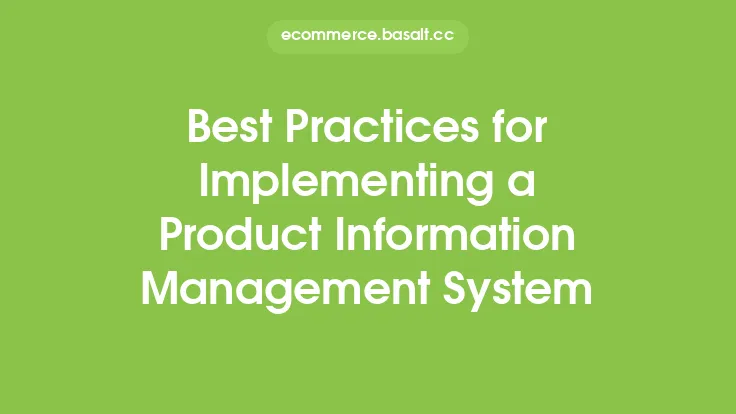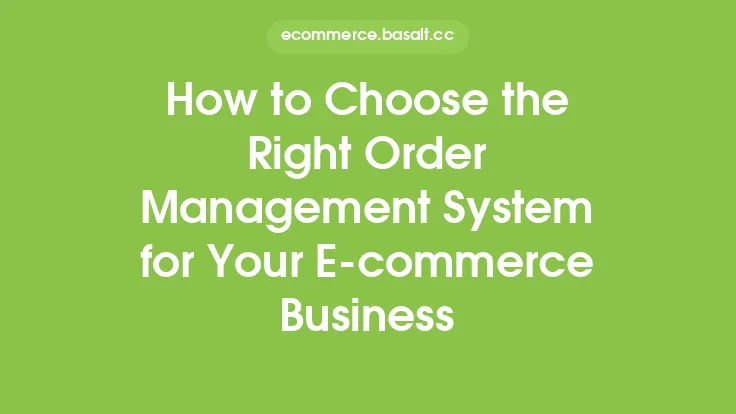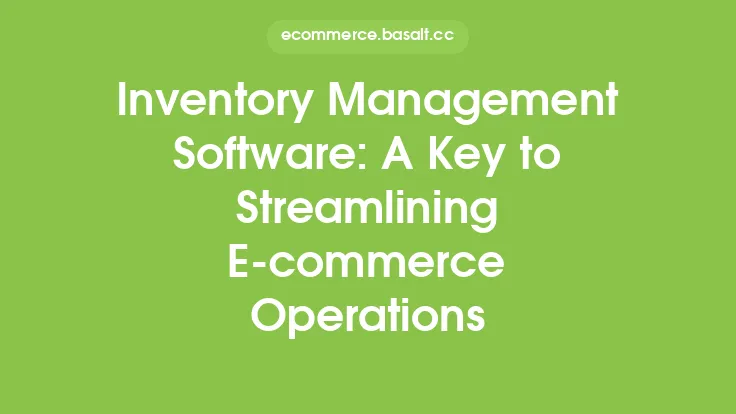When it comes to managing product information, e-commerce businesses face a multitude of challenges. From handling large volumes of data to ensuring consistency across various channels, the task can be daunting. This is where a Product Information Management (PIM) solution comes into play. A PIM solution is designed to help businesses centralize, manage, and distribute product information efficiently. However, with so many options available in the market, it can be difficult to choose the right one. In this article, we will delve into the key features to look for in a PIM solution, helping you make an informed decision for your e-commerce business.
Introduction to PIM Solutions
A PIM solution is a software application that enables businesses to manage and maintain accurate, up-to-date, and consistent product information across all channels and touchpoints. It acts as a single source of truth for product data, allowing businesses to streamline their product information management processes. With a PIM solution, businesses can reduce errors, improve data quality, and enhance customer experience. When evaluating a PIM solution, there are several key features to consider.
Data Management Capabilities
One of the primary functions of a PIM solution is to manage product data. Look for a solution that offers robust data management capabilities, including data import, export, and synchronization. The solution should be able to handle large volumes of data and support various data formats, such as CSV, XML, and JSON. Additionally, it should provide features like data validation, data normalization, and data enrichment to ensure data quality and consistency.
Product Catalog Management
A PIM solution should provide a robust product catalog management system that allows businesses to create, manage, and maintain product catalogs efficiently. Look for features like product categorization, product filtering, and product searching to make it easy to manage and find products. The solution should also support multiple product catalogs and allow businesses to create custom catalogs for different channels or regions.
Channel Management
In today's omnichannel world, businesses need to distribute product information across various channels, including e-commerce websites, mobile apps, social media, and marketplaces. A PIM solution should provide channel management capabilities that allow businesses to manage and distribute product information across multiple channels. Look for features like channel-specific product information, channel-specific pricing, and channel-specific inventory management.
Workflow and Collaboration
A PIM solution should provide workflow and collaboration features that enable businesses to manage and approve product information efficiently. Look for features like workflow automation, task assignment, and notification systems to ensure that product information is reviewed, approved, and published in a timely manner. The solution should also provide collaboration tools, such as commenting and @mentioning, to facilitate communication among team members.
Integration and Connectivity
A PIM solution should provide integration and connectivity features that enable businesses to connect with other systems and applications. Look for features like API connectivity, webhooks, and pre-built integrations with popular e-commerce platforms, ERPs, and CRMs. The solution should also support integration with other systems, such as product lifecycle management (PLM) and enterprise resource planning (ERP) systems.
Data Analytics and Reporting
A PIM solution should provide data analytics and reporting features that enable businesses to gain insights into their product information management processes. Look for features like data visualization, reporting, and analytics to help businesses track key performance indicators (KPIs), such as data quality, product catalog completeness, and channel performance.
Security and Scalability
Finally, a PIM solution should provide security and scalability features that ensure the integrity and availability of product information. Look for features like data encryption, access controls, and user authentication to ensure that product information is secure and accessible only to authorized personnel. The solution should also be scalable to handle large volumes of data and high traffic, ensuring that it can grow with the business.
Conclusion
In conclusion, a PIM solution is a critical component of any e-commerce business, enabling businesses to manage and maintain accurate, up-to-date, and consistent product information across all channels and touchpoints. When evaluating a PIM solution, there are several key features to consider, including data management capabilities, product catalog management, channel management, workflow and collaboration, integration and connectivity, data analytics and reporting, and security and scalability. By considering these features, businesses can choose a PIM solution that meets their needs and helps them achieve their goals.
